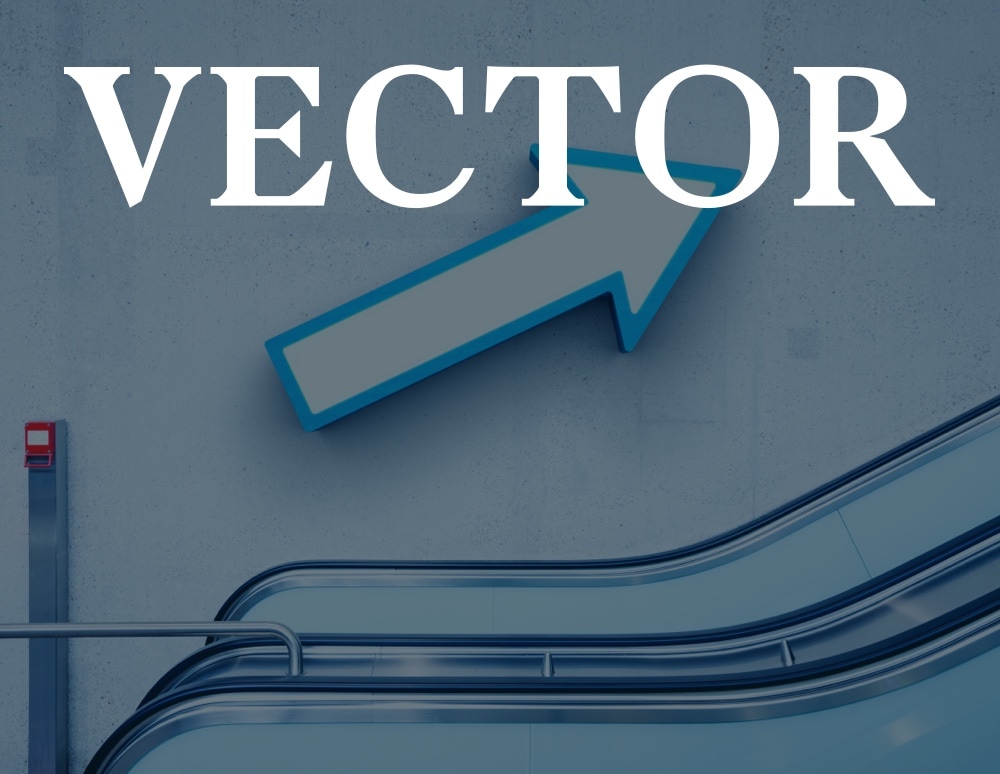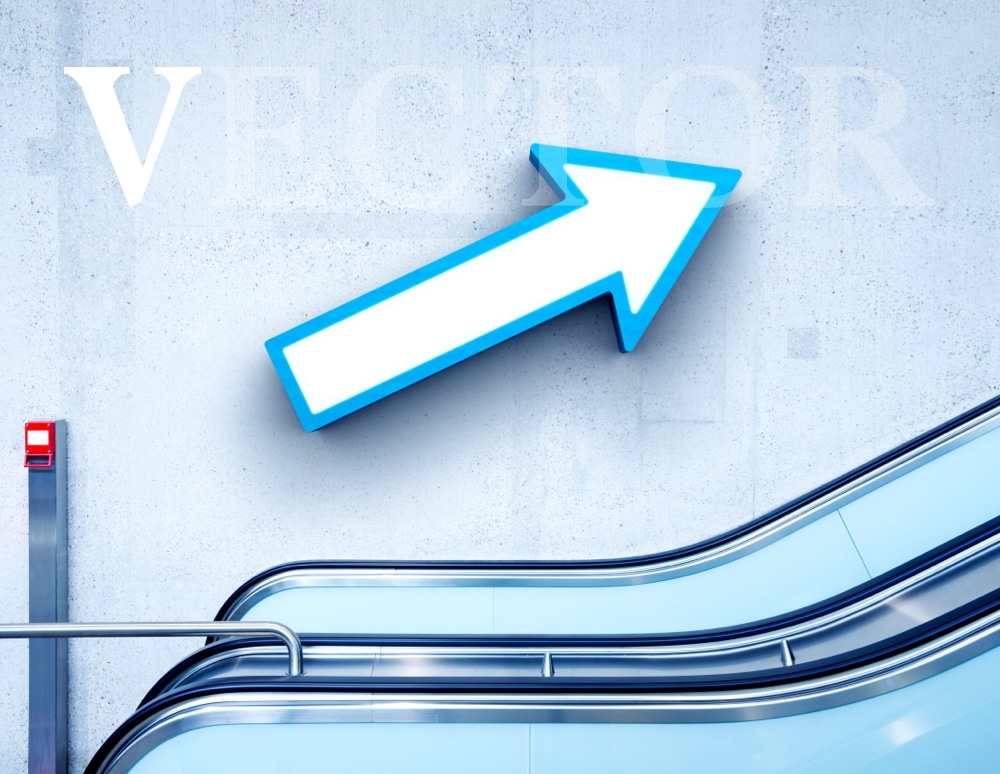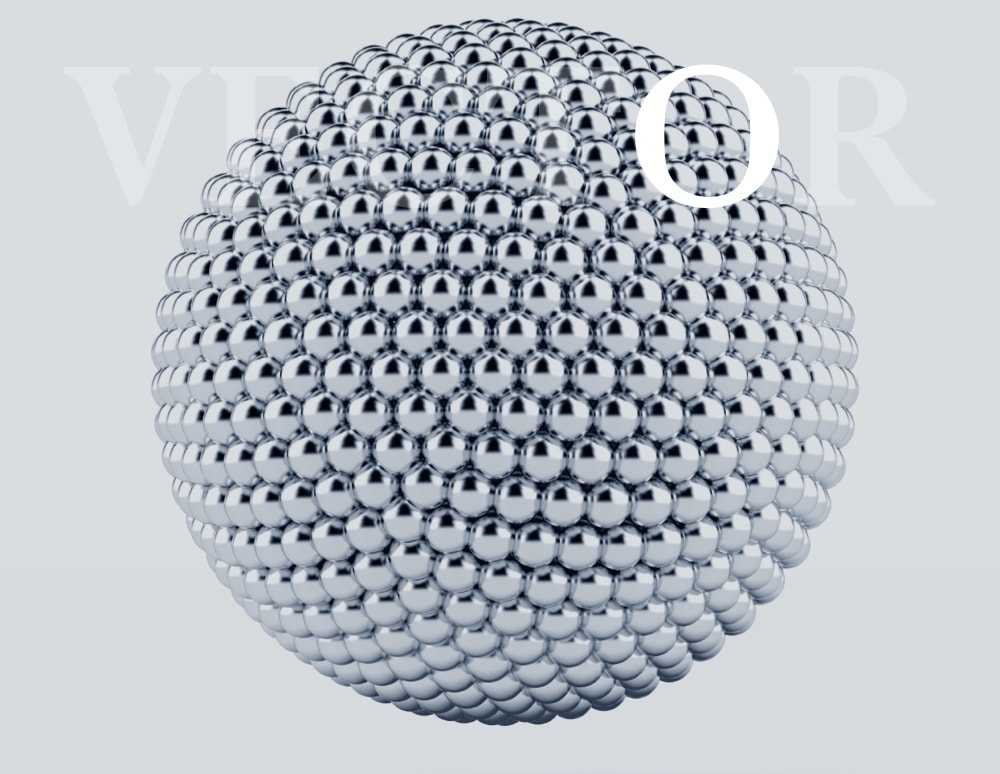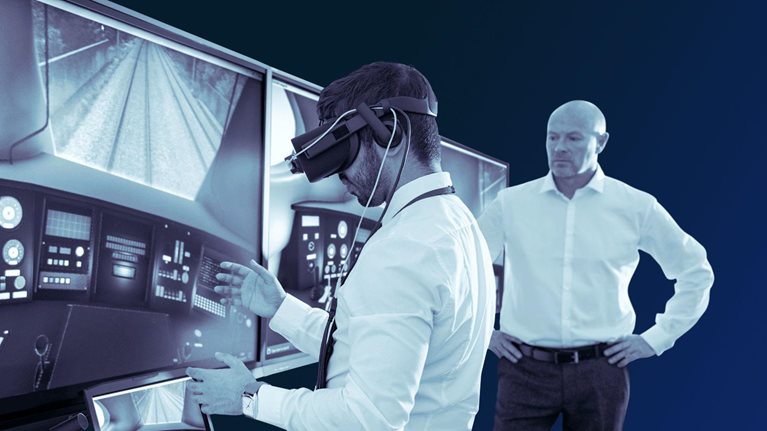CEOs, just like everyone else, suffer from the paradox of choice. Companies have endless initiatives and plans, all with the promise to “transform” the organization and deliver attractive financial returns. But how is a CEO to prioritize and make choices? Our experience indicates the answer may lie in focusing on the one institutional capability that can separate you from the rest. In a word, CEOs and their companies should look to build a superpower.
Two years ago, a retail giant with a glorious history was just barely surviving. It had made it through the darkest months of the COVID-19 pandemic but was in serious need of a profitable growth path in a disrupted industry. The CFO saw an opportunity in analytics-driven pricing.
With the top team as the driving force, the retailer embarked on a journey to build a world-class analytics capability and radically shift how the company conducted merchandising. It centralized pricing operations, embedded analytics in key parts of the company through a new technology platform, changed the way more than 600 merchants made pricing and markdown decisions, and trained and certified hundreds of employees on new ways of working. In its first year, the company’s new pricing ability produced hundreds of millions of dollars in margin expansion. Even more important, the capability has stuck, and the value continues to roll in.
Around the world, CEOs are concluding that success in congested, increasingly commoditized markets can be achieved by building a superpower.
This company is not alone. Around the world, CEOs are concluding that success in congested, increasingly commoditized markets can be achieved by building a superpower. We’ve talked with hundreds of leaders and colleagues across all industries. They have shared with us the stories you’re about to read, about companies that have made a choice, aligned their resources, and built their chosen superpower to deliver superior economics (and sometimes leapfrog rivals and innovate entire industries). In this article, we’ll explain what we mean by an institutional capability, sketch the reasons why building one now is the right move for many companies, and describe how a company can chart a path to building a superpower of its own.
What are institutional capabilities and why are they important?
The term “capability” gets thrown around quite a bit and means different things to different people. Often it refers to individual capabilities—the skills of individual employees and the company’s efforts to build those skills through learning and development. But the retailer we described did something well beyond that: it built what we refer to as an institutional capability. What do we mean?
Simply put, it’s an integrated set of people, processes, and technology that creates value by helping the company consistently do something better than competitors. An institutional capability should derive from the corporate strategy, of course. It must involve work that is integral to the company and the industry; it can’t be a gimmick. Done well, such capabilities become a lasting edge, leading to consistent outperformance and growth in competitive advantage over time.
Think of any company that you admire, and you can likely rattle off one or two superpowers that make them uniquely successful. Some excel in a specific area of the business. Toyota has historically been revered for its lean manufacturing strengths. LVMH is well known for exquisite craftmanship and the entrepreneurship of its brand leaders. Disney is a paragon of imaginative customer experiences. Progressive Insurance is broadly admired for analytics-based pricing of auto insurance. Others excel in the way they operate. Netflix is renowned for its “freedom and responsibility” culture. Danaher is known for the Danaher Business System. In all these cases, institutional capabilities deliberately built over time have helped these companies succeed and thrive.
Broadly speaking, institutional capabilities fall into two categories:
Simply put, “institutional capability” is an integrated set of people, processes, and technology that creates value by helping the company consistently do something better than competitors.
-
Functional capabilities: these are core activities that a company does today (such as sales, supply chain management and procurement, performance marketing) but may need to change or improve dramatically to build an advantage. In these disciplines, gaining competitive advantage requires step-change improvements.
Here’s an example. A global medtech company determined that supply chain management—forecasting demand accurately and manufacturing on time in the right quantities—was the key to rise to the next S-curve of performance. Customers were increasingly demanding and willing to reward companies that reliably delivered on time. Unfortunately, the company’s track record on this dimension didn’t stack up, so it embarked on a multiyear journey to turn this capability from a hindrance to a superpower. It created a global supply chain function with a new organizational structure and a clear division of responsibilities between the global center and the regional groups for four layers of employees. The company shifted the mindset of the organization to value global coordination and to abandon the historical complaint of a “global tax.” It upgraded the talent and skills of the function by creating a supply chain academy that trained 1,000 people in the initial waves (and continues to train new employees). The company addressed its technology deficit by adopting a sales and operations execution tool and making a multiyear investment in a new advanced planning solution. The impact has been tremendous, with more than $100 million in savings and increased customer satisfaction. Importantly, the journey continues as the company adds new strengths to its superpower.
-
Enterprise-wide capabilities: these are strengths that truly span the entire company (such as speed of decision making, ability to innovate, the operating system, customer centricity). They often relate to how the company is managed over time or are “net new” capabilities a company requires to remain competitive.
As an example, a large and established financial-services leader in Latin America was struggling to cope with the superior time-to-market, flexibility, and customer centricity of fast-moving and aggressive entrants. The bank’s leaders determined that the bank needed to develop a “client obsession” and become a digital leader. It set out on a comprehensive redesign of its organization, operating model, talent, and technology to make it happen.
The new working model broke down silos by integrating technology, business, and support functions into communities and cross-functional squads aligned with customer needs. It encouraged greater collaboration through shared incentives and performance management. An agile academy trained staff and teams; more than 22,000 employees completed the course. Executives also received training on agile to shift their mindsets and enable collaboration. The bank revamped the talent mapping, recruiting, and hiring systems to attract thousands of new tech employees. On the tech side, about 4,000 business services were modernized, and half of the bank’s computing moved to the cloud. This effort paid off with impressive increases in productivity, between 130 and 530 percent for a broad range of tech and nontech tasks. As a result, the incumbent has been able to gain market share. Importantly, the bank is recognized internally and externally as a digital leader.
Charting a VECTOR toward success
As Hooi Ling Tan, cofounder of Grab, told us, “To be successful in a dynamic environment, it is important to clearly identify and believe in the one single factor that is the stable core of your initial and future success.”
Leading companies have an institutional capability (or two) that define them and contribute to their success. But how to build these superpowers? The elements in VECTOR provide a useful guide: vision, employees (and talent system), culture, technology, organization, and routines (or processes). Not all these elements will require massive reform, but a company should carefully consider each as it builds its institutional capabilities.
Aligning on your vector
The companies profiled here invested considerable energy and dedication to build the capability that they’re now known for. It takes a broad effort across the organization, which means that only the CEO can truly integrate all the necessary resources required to get from vision to execution. Building a new superpower is not to be delegated; it requires the top team as a driving force to be effective. As you start or continue your journey, we encourage you to consider three questions:
- What is the one superpower (or, at most, two) that will determine your company’s success over the next three years?
- Are you aligned as a top team around this superpower, with a vision for what it needs to become?
- Does your capability-building effort pass the “VECTOR test”—going deep enough on each dimension to build something differentiated and sustainable?













